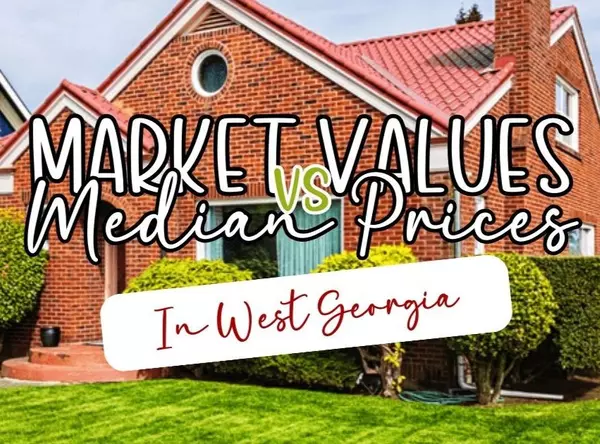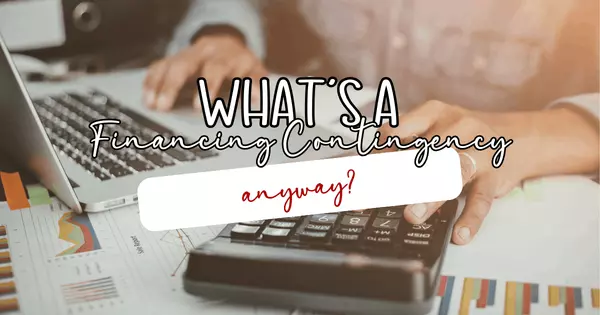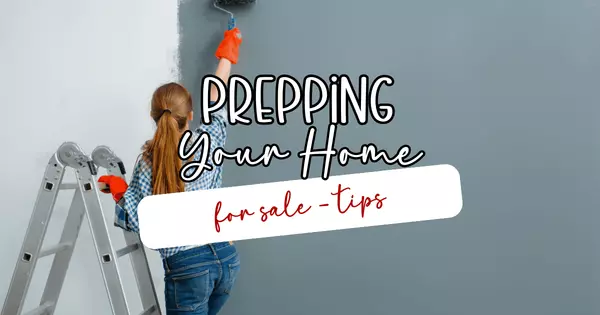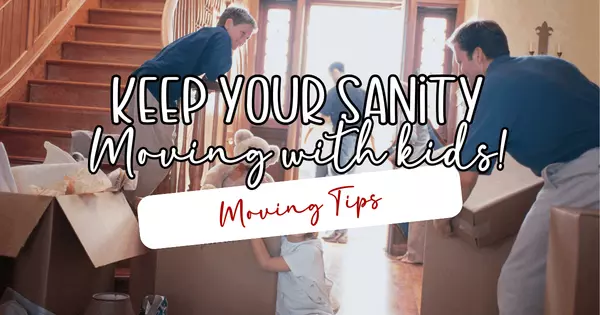
Is the Highest Offer Always the Best Offer? Not Always, Y’all.
Is the Highest Offer Always the Best Offer? Not Always, Y’all. Alright, let’s have some real talk. You list your home, the offers roll in, and BAM—you see one that’s way above the rest. 🎉 But before you pop the champagne, let’s take a step back. The highest number on the page isn’t always the best

Home Values Rise Even as Median Prices Fall
What’s Really Happening with Home Prices? Here’s What You Need to Know in West Georgia Recent headlines have been buzzing about the median asking price of homes dropping compared to last year, and that’s sparked plenty of confusion. And as a buyer or seller in West Georgia, it’s easy to assume tha

Is Affordability Starting To Improve?
Over the past couple of years, a lot of people have had a hard time buying a home. And while affordability is still tight, there are signs it's getting a little better and might keep improving throughout the rest of the year. Lawrence Yun, Chief Economist at the National Association of Realtors (NA
Categories
- All Blogs (33)
- Affordability (3)
- Agent Value (6)
- Buying Tips (7)
- DIY (1)
- Downsizing (1)
- Economy (2)
- Empty Nesters (1)
- Equity (1)
- Featured (2)
- First-Time Buyers (3)
- For Buyers (18)
- For Sellers (16)
- Home Keeping (2)
- Home Prices (8)
- Infographics (3)
- Inventory (3)
- Local (5)
- Mortgage Rates (5)
- Moving Tips (2)
- Rent vs. Buy (1)
- Seasonal (2)
- Selling Tips (10)
- Things to Do (2)
Recent Posts











